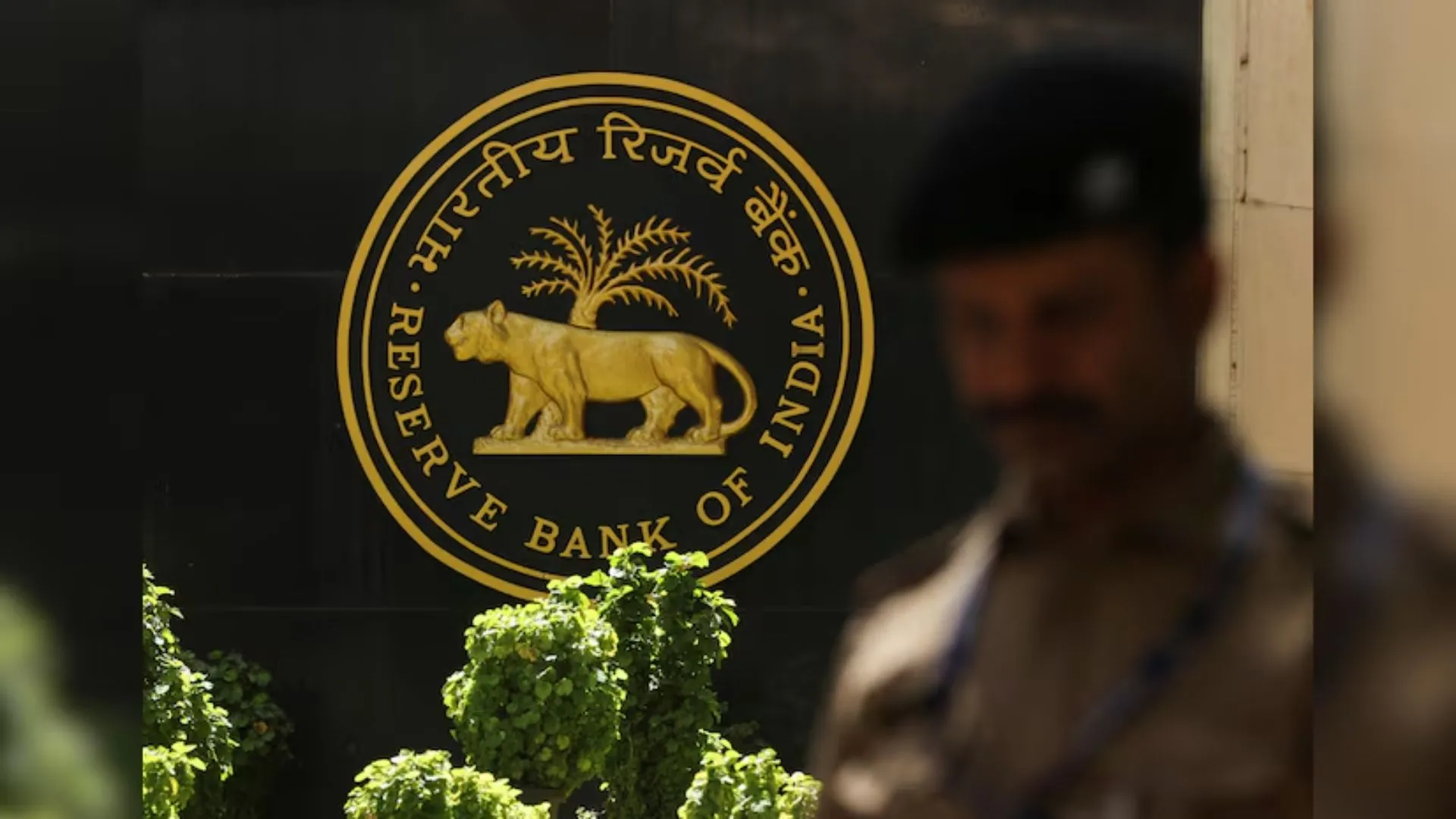The Reserve Bank of India (RBI) has made it clear that banks cannot impose excessive charges, particularly on smaller loan amounts under the priority sector lending (PSL) category.
The central bank stated that no loan-related and ad hoc service charges or inspection charges shall be levied on priority sector loans up to Rs 50,000. This step aims to protect small borrowers from unnecessary financial burdens and ensure fair lending practices.
It said “No loan related and ad hoc service charges/inspection charges shall be levied on priority sector loans up to Rs 50,000”.
The Reserve Bank of India (RBI) has issued new Master Directions on Priority Sector Lending (PSL), which will come into effect on April 1, 2025. The updated guidelines are set to replace the existing framework established under the 2020 PSL directions.
RBI Guidelines
The move is intended to ensure that priority sector funds are directed towards sectors that genuinely need financial support, such as small businesses, agriculture, and weaker sections of society.
It said “Loans against gold jewellery acquired by banks from NBFCs are not eligible for priority sector status”.
The RBI has also assured that all loans categorized under the earlier PSL guidelines (2020 framework) will remain eligible for priority sector classification until their maturity. This move ensures continuity for borrowers and banks, allowing them to follow a smooth transition to the new guidelines.
For Guideline Observance
To ensure better compliance with PSL targets, the RBI will introduce a more rigorous monitoring system. Banks will now be required to submit detailed data on their priority sector advances on a quarterly and annual basis.
As per the guidelines the data must be reported within fifteen days from the end of each quarter and within one month from the end of the financial year. This step is designed to enhance transparency and accountability in PSL implementation.
Banks that fail to meet their prescribed PSL targets will be required to contribute to the Rural Infrastructure Development Fund (RIDF) and other financial schemes administered by NABARD and similar institutions.
The RBI has also reaffirmed that outstanding loans extended under specific COVID-19 relief measures will continue to be classified as priority sector lending. This decision is aimed at supporting sectors that are still recovering from the economic impact of the pandemic.
With these new PSL guidelines, the RBI aims to foster financial inclusion and developmental goals. The central bank is ensuring underserved sectors get the financial support they need. This helps strengthen the nation’s socio-economic growth. The updated PSL framework shows the RBI’s commitment to fair lending and directing credit to the most needy sectors.
(With Inputs From ANI)
Also Read: Stock Market Today: Indian Market’s Bullish Run, Sensex & Nifty’s Green Flag Opening























